
It’s Been Three Years of Full-Time Travel and Still Nothing Ever Goes to Plan
We kicked off 2022 and our third year of travel in the beautiful city of Seville, which is a relatively temperate place to spend January and still be in mainland Europe. This time, we had the perfect apartment in the perfect location. It was a stylish Airbnb in the heart of Alameda de Hercules, a buzzy pedestrian area famous for its trendy bars and restaurants. We were also right around the corner from the Guadalquivir River, a perfect spot for walking the dogs while watching the local rowing teams practice.
Mornings were spent enjoying a brisk walk down historic streets to the city’s main attractions: the Cathedral, Giralda Tower, Plaza de Triunfa, the Santa Cruz neighbourhood, Parque de Maria Luisa, the Alcazar. Each day brought a new treasure to explore.
Late afternoons were for tapas and vino right on the Alameda. To be honest, we really struggled with the Spanish hours for dinner out since it’s the time when we generally head to bed. In fact, during our two months in Spain, we didn’t have a single dinner out. We did, however, manage to get out for a thrilling evening performance of flamenco, which is truly an essential for any visit to Seville.
It was a perfect month — almost. Our next stop was supposed to be Morocco but the latest wave of COVID had shut down borders yet again. We needed a new destination fast. It had to be outside the Schengen Zone but within an easy distance from Europe. Warm temperatures were a must-have. The debate went on and on; we came up with and then dismissed at least a dozen possibilities. And that’s how we found ourselves heading to Türkiye for the third time since the pandemic began.
Falling in love with Antalya
If you like what Istanbul has on offer — food, culture, history — but find the scale of the city to be a little intimidating, we think that Antalya is the perfect alternative. Antalya was the 19th destination in our four-year adventure and, upon arrival, the city immediately jumped onto our list of favourites. It’s on Türkiye’s Mediterranean coast and offers an excellent combination of natural beauty, historic charm, and affordable dining out.
Here’s what we loved about Antalya:
- Dramatic cliffside walking paths for taking in stunning views of the Med
- A picturesque historic centre that was just large enough to get lost in
- Abundant food stalls, cafes and decent mid-range restaurants, including many options for a lavish Turkish breakfast spread
- Enough ancient ruins to satisfy a archeology junkie, with Phaselis, Olympus and Termessos all within driving range
- A high proportion of warm, sunny days even during the relatively cool and rainy season of February
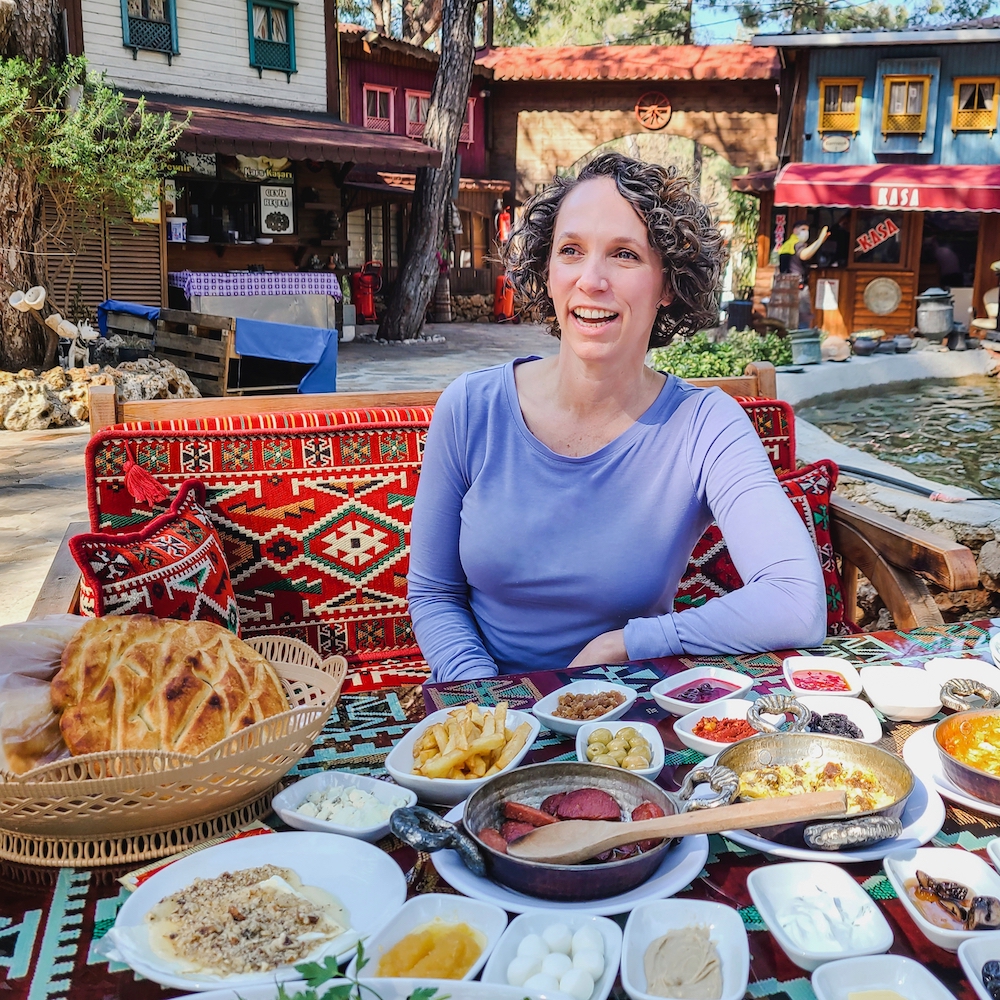
That said, we ran into the same old problem of finding decent lodgings in Türkiye. Now that we had a more practiced eye with picking our Airbnbs, we could tell immediately which ones would be overly atmospheric, overly cluttered or just plain uncomfortable.
We finally found an apartment that was clearly a winner: newly renovated, stylish, modern. The only problem was the shockingly high price being asked, especially in comparison to the overall low cost of living — which is the same issue reported by other nomads on the hunt for an Airbnb in Türkiye. I was willing to pay whatever it took, even a highly elevated tourist price; Gillian needed some convincing.
As much as we loved Antalya (and our overpriced apartment), there was underlying stress during our stay. For the second time in as many months, our carefully-made forward plans were thrown into complete disarray with more COVID travel restrictions. This time, Portugal had suddenly closed to Canadian tourists. With a “here we go again” feeling, we scrambled to find a new destination and a new apartment to live in for the month.
Yet another Airbnb fail in Türkiye
Izmir was the obvious choice as our next destination. It was just an hour flight away from Antalya and also offered a seaside experience but on a much larger scale. Sadly, our timing couldn’t have been worse. It was a record cold March that year, and even mild Mediterranean destinations like Izmir were close to freezing some days. We were miserably underprepared for the cold weather and layered up with every warm piece of clothing that we had.
Our choice of apartment only made matters worse. We selected what we thought looked like the nicest Airbnb in town and paid a premium for it. First impressions were not good; the building entrance was truly filthy (I used my elbow to flip on the dirty light switch) and appeared to be functioning as a refuge and occasional litter box for the neighbourhood cats.
Unsurprisingly, the apartment was not winterized, and the chilly wind pretty much whistled right through it. It also offered our least favourite type of Airbnb kitchen; months of neglect had left it full of other people’s half-used food products and sticky pots and pans.
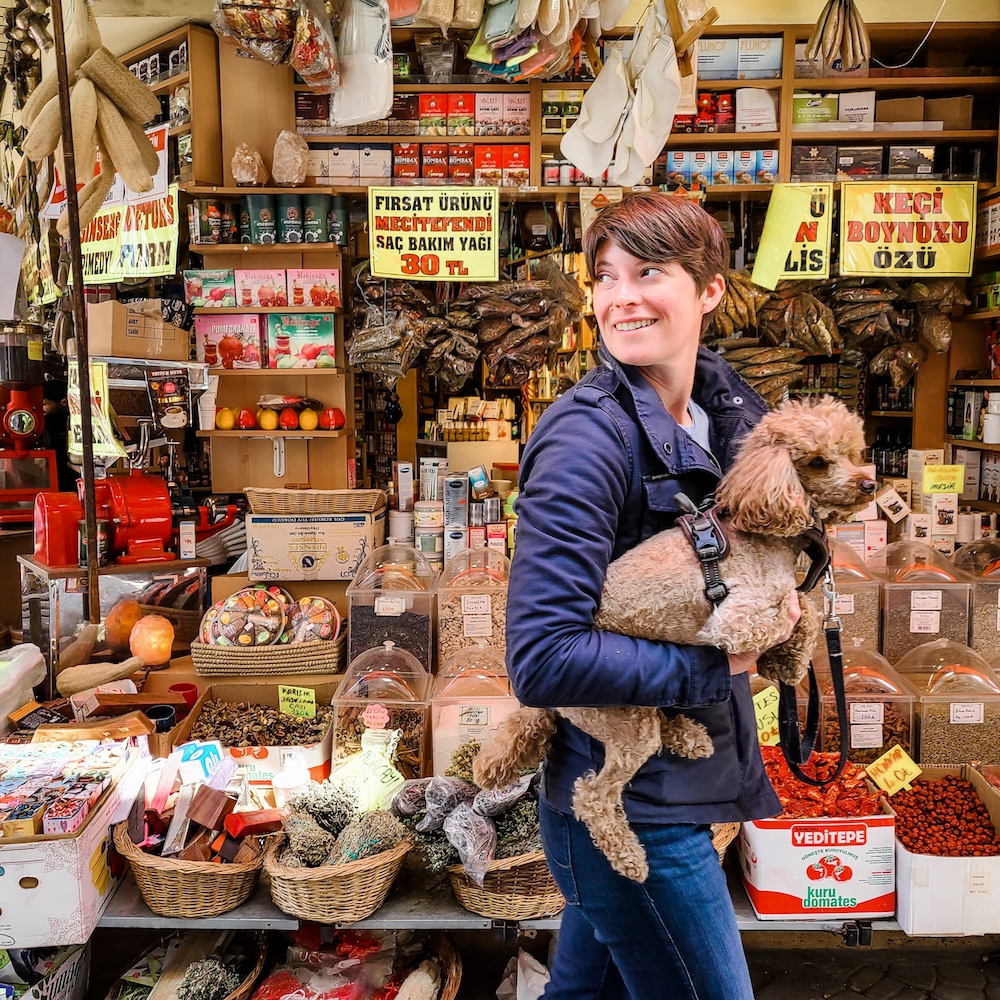
Minor inconveniences aside, Izmir is still an exciting and vibrant city to discover. We sampled pickle juice and olives along Karsiyaka’s buzzy pedestrian streets; joined the commuters for a ferry ride across the bay; sipped strong coffee in the atmospheric Kemeralti bazaar; and popped into the 16-century Hisar Camii Mosque, famous for blending Ottoman and European styles. We also hopped in a car to visit one of the region’s most significant attractions: the ancient site of Ephesus and its stunning library.
By the end of our stay, however, we were ready for a completely different experience. After shivering in our down coats for the past many months, we wanted sunshine, warm temperatures, and a beach. We would find all that and much more in our next destination on the other side of the world.
Battling the elements in Mexico
Our month in Puerto Escondido, Mexico was a case of be careful what you wish for. After a chilly time in Türkiye, we were ready for sunshine, warm temperatures and a dip in the ocean. We picked Puerto Escondido on the Pacific because we’d heard that it was a laid-back alternative to the over-Instagrammed beach towns on the Caribbean side.
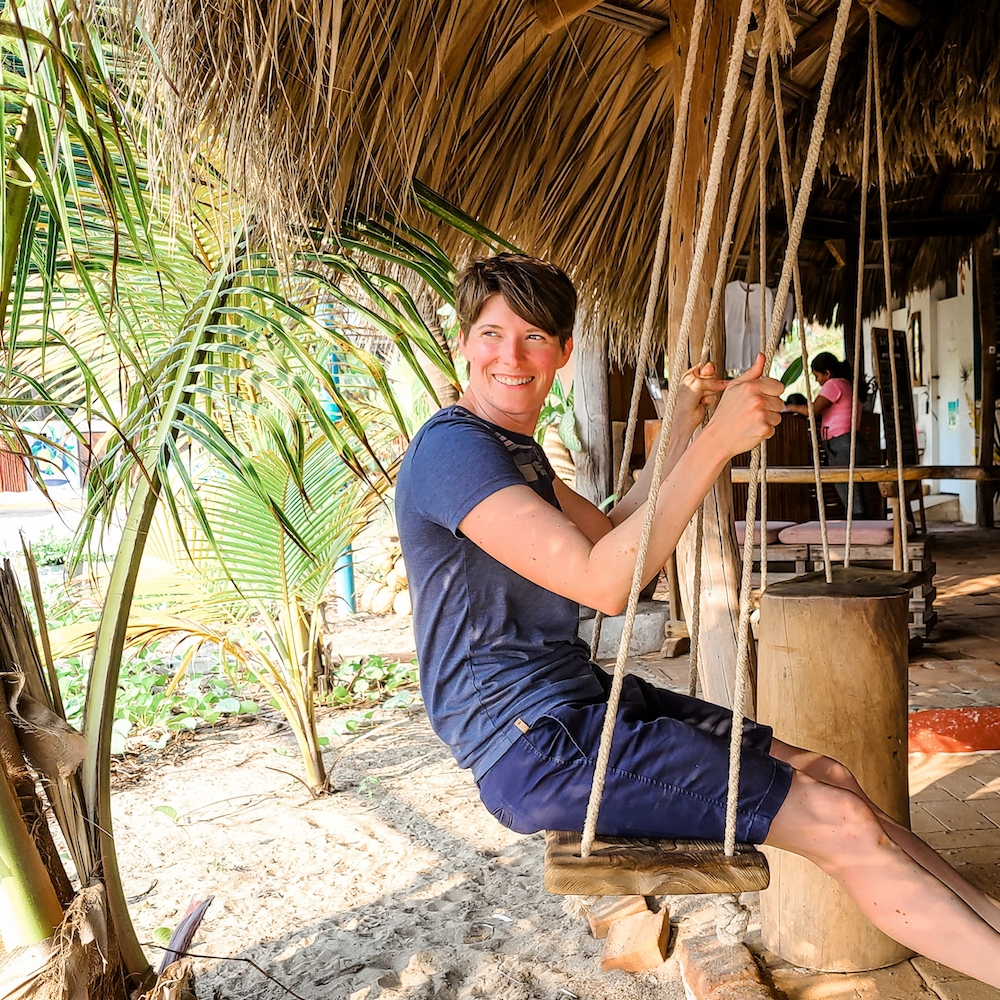
What we hadn’t really considered was how hot 90 F / 32 C feels day after day. We’d managed to arrive exactly in time for the hottest month of the year (that’s May, for any of you planning a visit). Once again, we found ourselves going on excursions in the relatively cool early morning and hiding from the sun for the rest of the day. However, this time we didn’t even have the mercy of air conditioning; in fact, we basically lived outside for the entire month.
For some reason, we thought it would be an interesting experience to live in an open-air apartment with our only shelter from the elements being a traditional palm thatch roof. There were no walls or windows or even a mosquito net — just a fan which we kept running all night to blow away any insects that might be gathering while we slept. We also had to evacuate for a couple nights when a Category 2 hurricane descended on the coast.
Fortunately, Puerto Escondido offered enough distractions that we didn’t spend too much time mulling over the perils of outdoor living. Gillian learned how to surf the baby waves at scenic Playa Carrizalillo; I released a baby turtle into the Pacific as part of the local turtle conservation efforts. We woke up extra early for a dawn boat ride to spot dolphins; sampled our first grasshopper-and-guacamole snack; and enjoyed sundowners on Playa Zipolite.
In the end, we didn’t have any regrets about renting an open-air apartment; it turned out to be fun to try on a different style of living. At the same time, we were more than ready to say goodbye to the blistering hot beach and hello to one of Mexico’s most popular expat destinations.
Life in an expat enclave
In many ways, San Miguel de Allende was our kind of place. It’s a picture-perfect colonial town up in the cool mountains with a rich history — one of Mexico’s pueblos mágicos. However, it was our first time in a place with such a significant expat population and we found it to be a very educational experience. Traditional markets and local eats were still available but there were also plenty of upscale brunching options and English-language events.
As an example, we took a morning to explore a food-and-crafts market and were quite surprised to discover that it was almost exclusively expats selling pricey homemade soaps and baked goods. It wasn’t exactly the authentic taste of Mexican culture that we were hoping for. Not surprisingly, a month in a decent Airbnb was shockingly expensive.
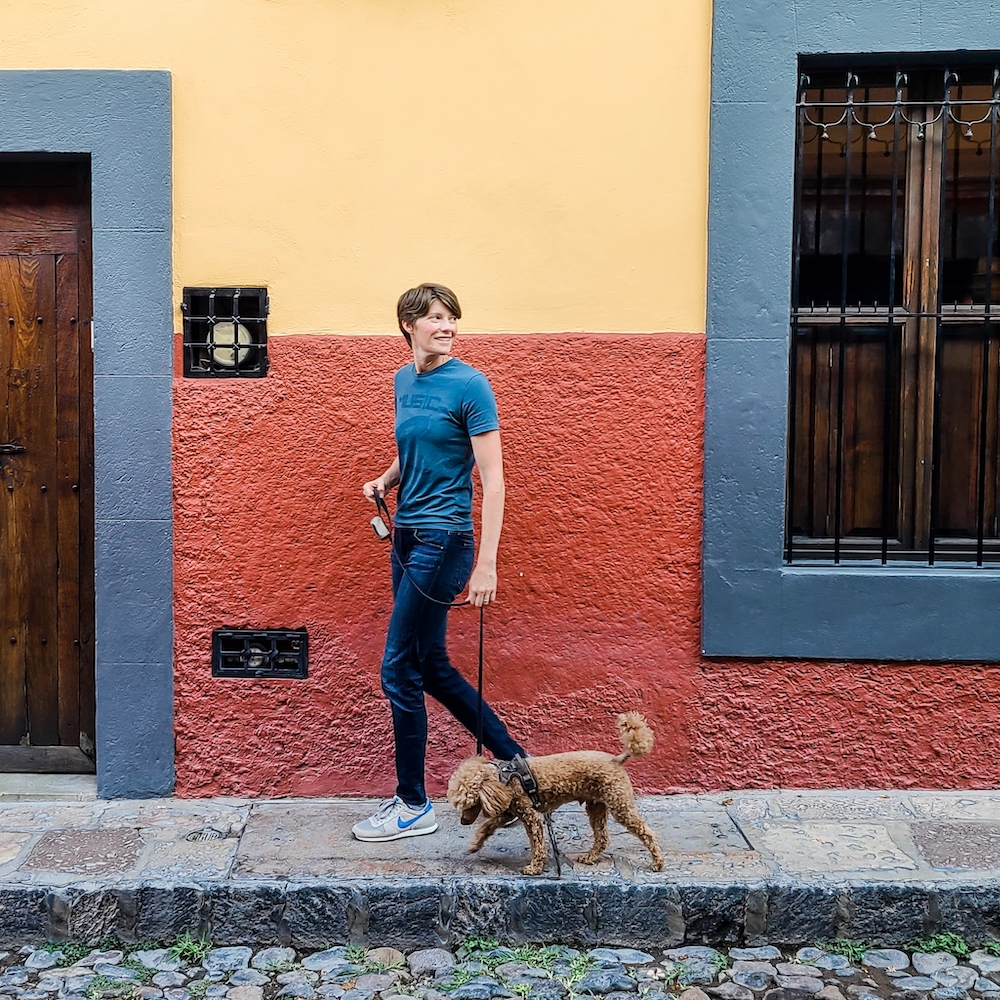
Still, we enjoyed our time in this beautiful city. We did a tour of the historic centre and hiked up to the city’s best lookout point. We wandered the lush Parque Juarez, which was hosting a women’s basketball tournament, street food vendors, artist’s shows and dog walkers all at the same time. We checked out the art galleries of Fabrica la Aurora, a reclaimed factory that is now a creative space.
The highlight of our stay in San Miguel de Allende was actually a trip out of town; we did a very memorable food-and-history tour of nearby Guanajuato, pairing my two favourite topics into one glorious day.
Eventually, it was time to trade in the slow-paced San Miguel lifestyle for something a little more lively. We headed to Mexico City for what would be the most action-packed, exciting month of our entire time in the country.
Possibly too much fun in Mexico City
We’re not normally big city people but, for so many reasons, we instantly fell in love with Mexico City. It might have been our neighbourhood. We were staying in surprisingly green Roma Norte, an upscale area known for its many spendy restaurants and cafes. While we dabbled in the local dining scene, what we really enjoyed were our daily walks on the tree-lined pedestrian paths.
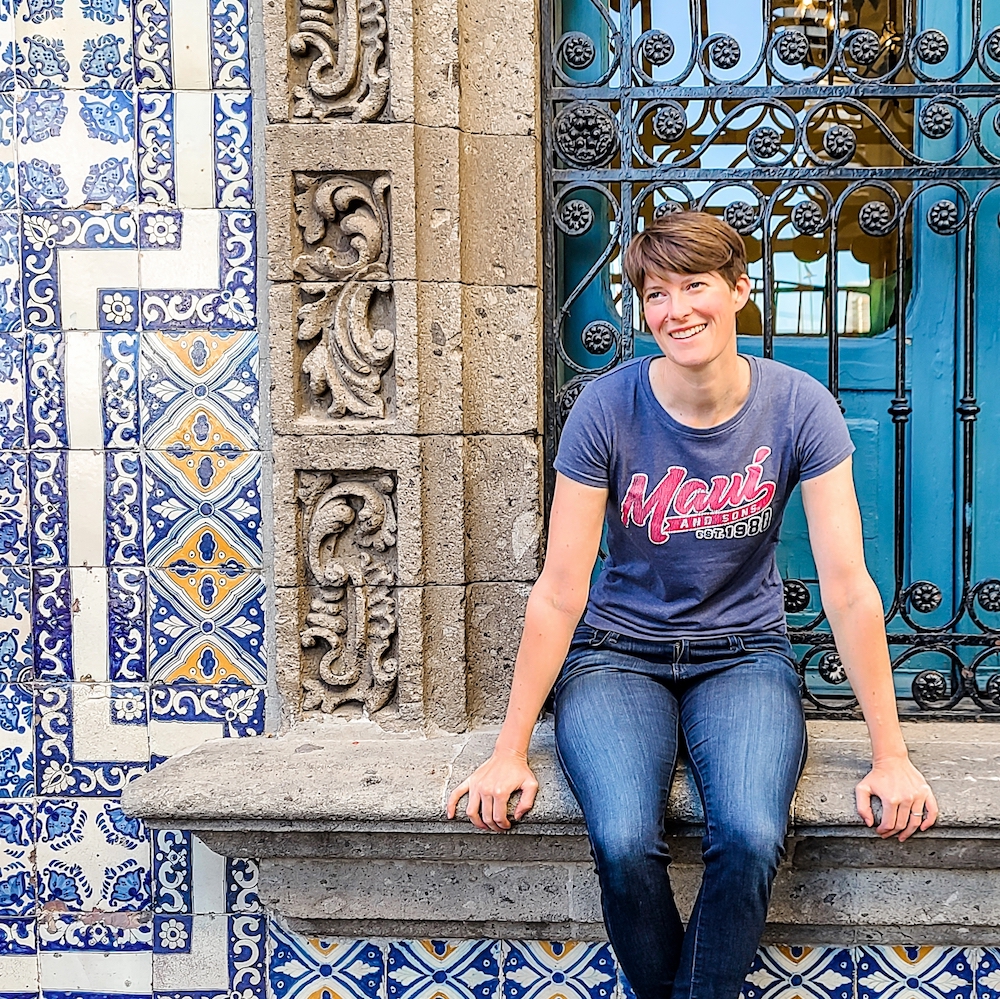
It also could have been our luxurious Airbnb. We reached out to over 20 hosts but only one would accept a booking with two small dogs. It just happened to be the most expensive on our list: a beautifully designed and decorated apartment with wine in the fridge and a soaker tub in the bathroom (I was in heaven).
But, most likely, it was the many exciting, interesting activities that filled the month with plenty more available for the next visit. We enjoyed a rowdy night of wrestling at Lucha Loco; drank a little too much tequila on the colourful canals of Xochimilco; checked out early Mexican history at the Museo Nacional de Antropología; spent a day exploring the magnificent pyramids of the Teotihuacan archeological site — and those are just the activities that made it into our video.
Of course, the food is yet another reason to love Mexico City. We tried sweet buns and hot chocolate for breakfast; found our favourite street food carts for tacos and gorditas; and munched on dorilocos, a snack consisting of Doritos slathered with sauces and topped with vegetables, nuts and gummies (definitely a one-time thing). We also sampled chiles en nogada– stuffed poblano peppers with a walnut-cream sauce — a special dish that’s only available during the run-up to Mexico’s Independence Day.
A (mostly) authentic experience in Oaxaca
All too soon, the month was up and we were off to the final destination in our tour of Mexico. It’s a city we enjoyed so much that we’ve already booked a return visit for this coming winter. Of course, we had no idea that we would enjoy our time in Oaxaca so much. We were mainly keen to visit because of its reputation as a foodie city.
Sure enough, we were quickly sampling our way through all the regional specialties. We tried it all: memelas topped with cactus from the streetside cart (similar to an extra thick taco); tlayuda with zucchini blossoms in one of the many markets (looking something like a pizza); a traditional piedrazo, which can best be described as crunchy bread soaked in a pickled salad (an acquired taste); and the ancestral drink of tejate, a cacao and corn-based drink. And that was just the beginning of our food adventures.
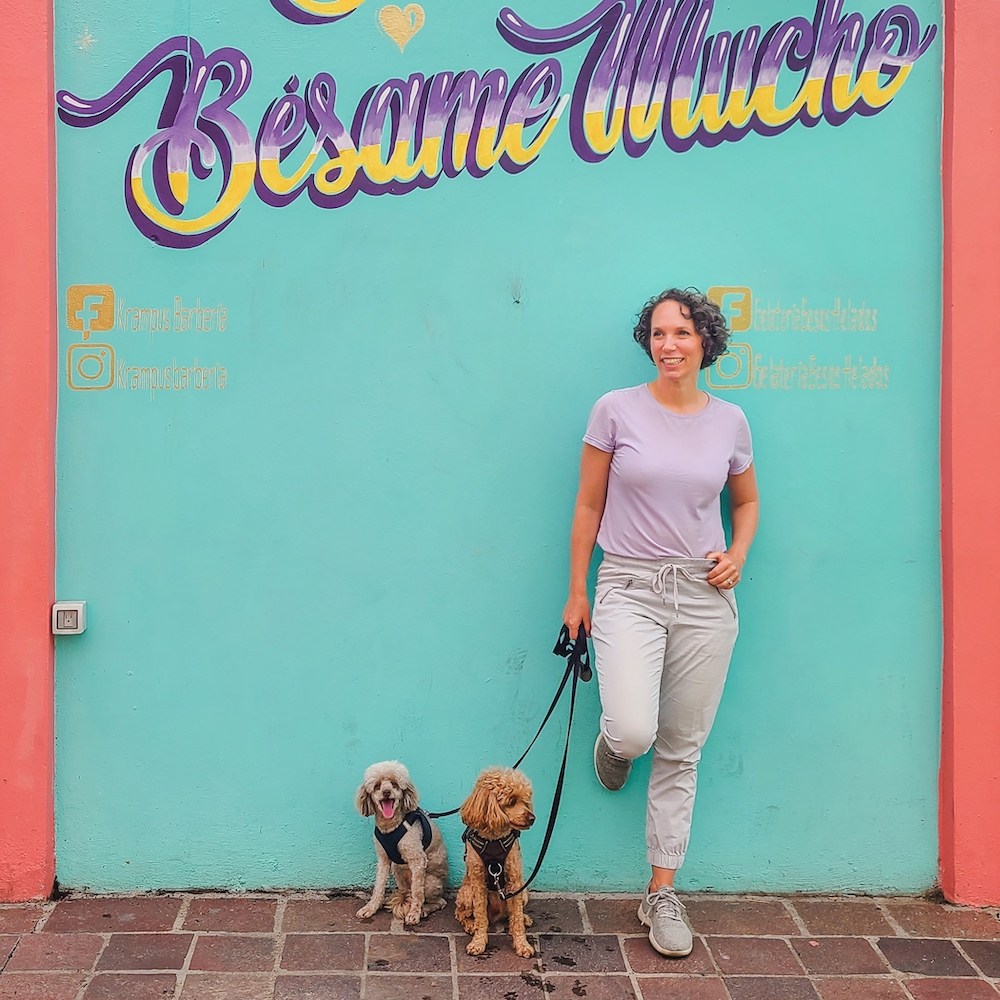
However, we quickly discovered that Oaxaca had much more to offer than just interesting dishes. We toured the charming historic centre, the significant churches and the biggest markets in town, the Mercado Benito Juárez and Mercado 20 de Noviembre. We explored the archeological site of Monte Alban, a pyramid complex occupied by Mixtecs, Zapotecs and Olmecs.
We hiked up to Hierve el Agua, a spectacular petrified rock formation that looks like a frozen waterfall, and made sure to stop for a mezcal distillery tour on our way back. We joined the crowds at the massive Sunday market in Tlacolula, a market so large that it seemed to take over most of the town. This was truly a spot for locals; tourists were a rare sighting indeed.
In fact, of all the places that we explored in Mexico, Oaxaca seemed to offer the most authentic experiences for travelers. Sure, we encountered lots of other tourists and even met a few expats making a home there. But, generally, we felt that Oaxaca was a place where the local culture was still thriving despite its growing popularity among tourists. That’s likely why we’re looking forward to heading back there this winter –that, and having a hankering for more memelas from our favourite street vendor.
Ready for a different style of travel
As our time in Mexico came to a close, we realized that something had been missing from our travels so far. We started our journey with a dream of tackling epic hikes and exploring scenic villages. Instead, our travels were divided into month-long city stays in cushy Airbnbs. This was the most economical and easiest way to plan nomadic living, especially when carting around two little dogs. On occasion we would squeeze in a day trip, but certainly not the multi-day treks we originally imagined.
If we wanted more adventure, we would have to do things very differently. And we decided to get started right away during our next few months in Ecuador. The trip began with a week in the cloud forests of Mindo, a village in northern Ecuador best known for being a birder’s paradise. Then it was a few days in Quito — just enough to see the sights while holding on tightly to our valuables (every single blog post, video and forum had warnings about petty crime).
Next, we put on our hiking gear and headed into the highlands for a spectacular and challenging trek through remote villages and up to the rim of the Quilotoa Crater. From there, we spent a week in the adventure town of Banos, famous for ziplining, rafting and hot springs (Gillian covered the first two activities while I focused on the third).
Finally, we landed at our home for the month, the well-preserved colonial city of Cuenca. This city is famous for its lovely architecture, mild weather and, not least of all, the very affordable lifestyle that it offers to expats and retirees.
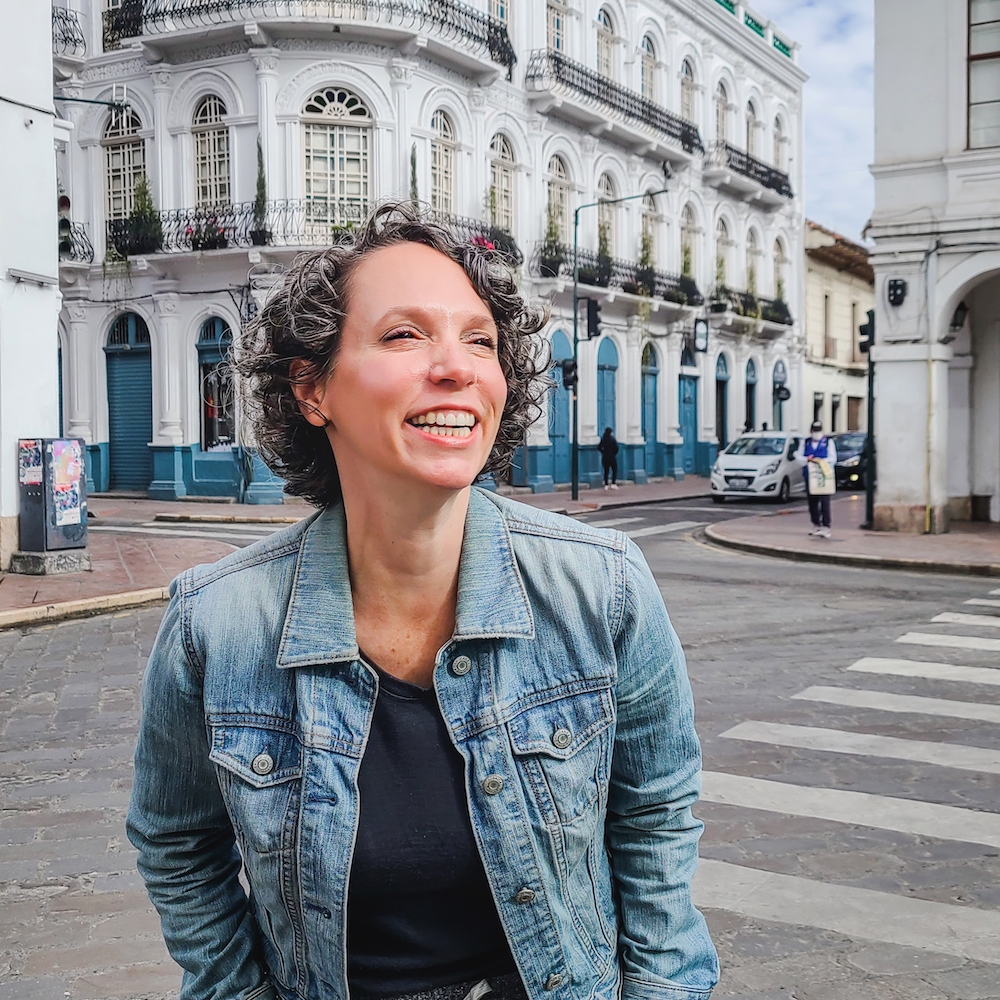
We recovered from our highland adventures by touring the historic centre; trying out a spiritual cleansing offered by the local healers; exploring the local Inca ruins and the Pumapungo Museum; and indulging ourselves at a luxurious thermal water spa, mud bath included. And we spent a lot of time just chilling out, because it turns out that adventuring our way across Ecuador by car is a really exhausting proposition.😅
Up next: We kick our travel into high gear during our last year of nomad living. Part four lands next month.

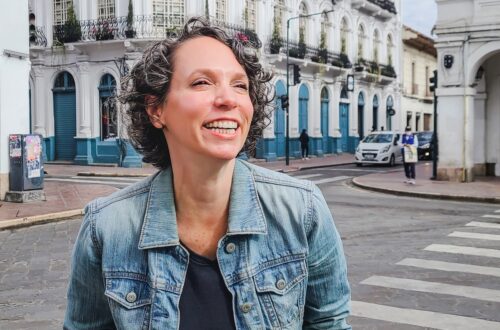
2 Comments
Kate
After following you two on YouTube, it’s been interesting to read this “behind the scenes” summary. I felt like in your videos you shared some of the setbacks, but not this many. Was that a purposeful approach? I’m curious about that because I tend to be a positive person and sometimes gloss over my travel (and overall) life struggles…but I find when I put them in my books, posts, blog, etc. people respond so supportively and positively. It’s a “ah, it’s not just me” feeling about the human experience. I look forward to your final summary–and I’m happy for you both that you’ve found a good lifestyle in Canada that still, of course, allows for travel!
Our Freedom Years
Hi Kate – Thanks for your comment and apologies for the delayed reply. We took a nice, long hiatus from social media over the winter so we’re catching up now. We generally tend to share our misadventures in our newsletter, blog and on Instagram more than on YouTube. Often the biggest challenges come up on travel days and we have an agreement to never shoot videos on travel days because they’re already stressful enough! That said, I agree that it’s very nice to get support from the community when personal challenges do come up — I always feel better when I get a little sympathy from the folks on Instagram.